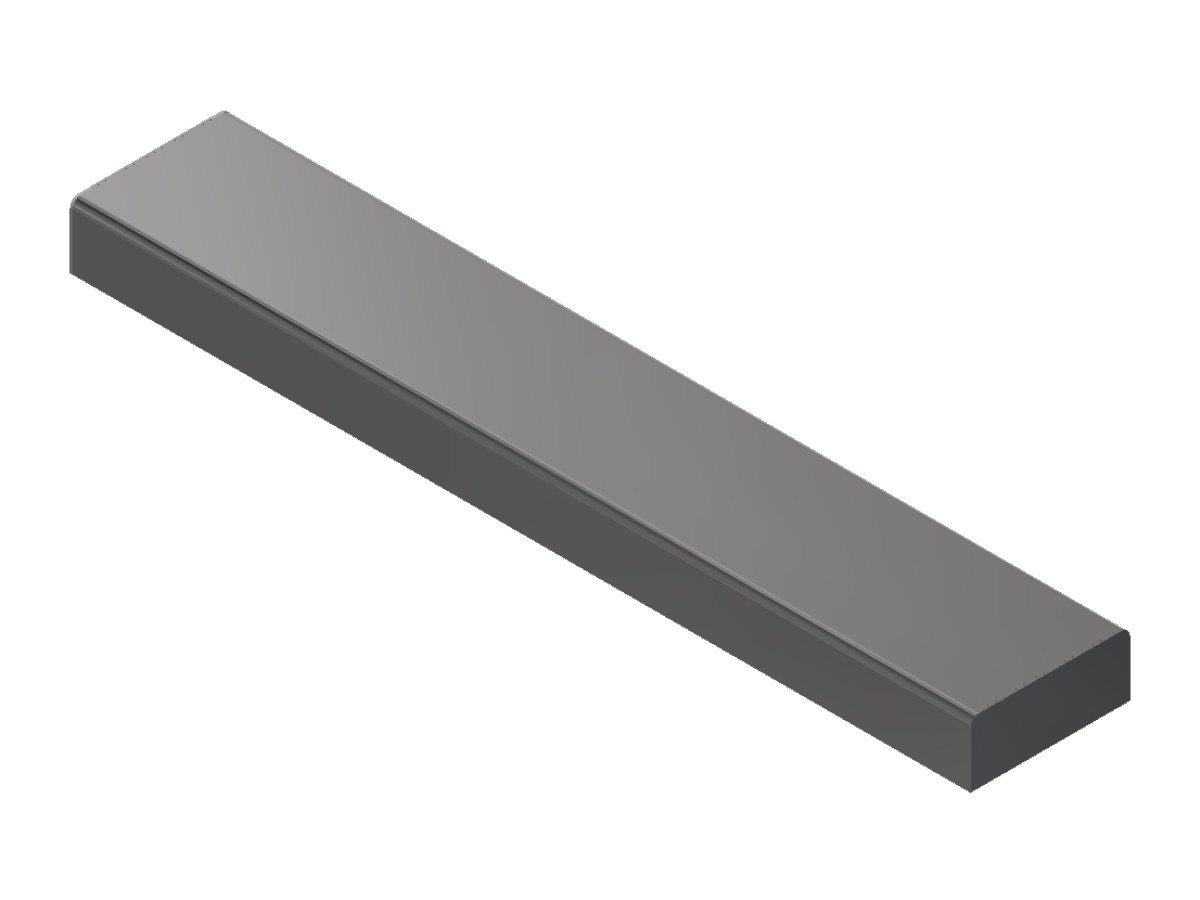
The fastest train running in the world uses the eds principle. By using Electrodynamic Suspension (EDS) much higher speeds can be attained. Some japanese scientists use the technology of Electrodynamic Suspension (EDS) to levitate a train. The levitating gap between the train and guideway (track) is kept as small as possible to have greater magnetic forces. Other guidance electromagnet safeguard the stability in motion. So that even when the train is at rest, it is still levitated. In simple words, the electromagnet on the guideway (track) repels with the magnets under the train which levitates the train. The levitation electromagnet at the undercarriage below the train is oriented towards the guidance rail, creating a magnetic force which levitates the train to about 1 cm above the guidance rail. In this system, a guidance rail (track) is embedded at the bottom of the train. This is the basic principle used in Electromagnetic Suspension (EMS). Same poles repel and opposite poles attract each other. German scientists have designed a system called Transrapid which uses the technology of Electromagnetic Suspension (EMS) to levitate a train. There are two types of levitation used in maglev trains namely: Hence, more the number of turns and more the electric current more is the magnetic field.

The strength of the magnetic field generated depends on the number of turns of the coil around the iron core and the amount of current passed through the coil of wire. A core of ferromagnetic material like iron serves to increase the magnetic field created. When electric current is passed through the coil of wire, a magnetic field is produced around the iron core. The electric current flowing through a core of wire produces a magnetic field around it. We know that electricity and magnetism are closely related to each other. A simple electromagnet consists of a coil of wire wrapped around an iron core. What are electromagnets?Įlectromagnet is a type of magnet in which the magnetic field is produced by an electric current. There are three parts to this system:ģ.Large guidance magnets attached to the underside of the train. The maglev trains are powered by a magnetic field created by the electrified coils in the guideway walls and the track. By using the electromagnets we can levitate the magnetic train. Hence, levitating a train may not be as easy as you imagine.Ī magnetic train or maglev train does not have an engine at front side to pull the train cars rather they use the basic principles of electromagnets. If you place another two pieces of magnets on these magnets in such a way that the north pole is facing the north pole then they get repelled and also you will notice that you cannot place a magnet facing the same pole stably on top of the other. However, ordinary magnets cannot stably float a train.Ĭonsider two pieces of magnets placed side by side as shown in the below figure, the top portion (blue) of the magnets is north pole and the bottom portion (red) of the magnets is south pole. The magnetic train is levitated on the guideway (track) with the help of magnets. In other words, a magnetic train has no physical contact with the guideway (track) while they move forward. The working of the maglev trains can be studied under the following:Ī magnetic train levitate above the track by magnetic force and then floats above the track.

A maglev train can compete with high speed rail and airplanes. Maglev is short for magnetic levitation is a system of train transportation that uses two set of magnets, one set to repel and push the train up above the track, then another set to move the floating train at great speed by taking advantage of almost no friction. Hence, there is no frictional force between the train and the track in the magnetically levitated train which enables it to travel at limit less speed. But in magnetically levitated trains there is no physical contact between the train and the track. In normal trains, the frictional force between the train and the rail limits the maximum speed of the train. So far, a common maglev train or bullet train can travel at a speed of 200 km/h. “Maglev Trains” or “Magnetic Trains” overcome all these drawbacks and enables us to travel frequently across the cities at a high speed.

However, travelling by airplane has some drawbacks such as frequent delays, overbooked flights, high ticket prices, emergency landing, plane crashes etc. For example, in case of emergency the planes carry you quickly to the place where you want to go. Travelling by plane has many advantages as compared to other modes of transport. If we want to travel thousands of kilometers in a less time we probably choose to take an airplane.


 0 kommentar(er)
0 kommentar(er)
